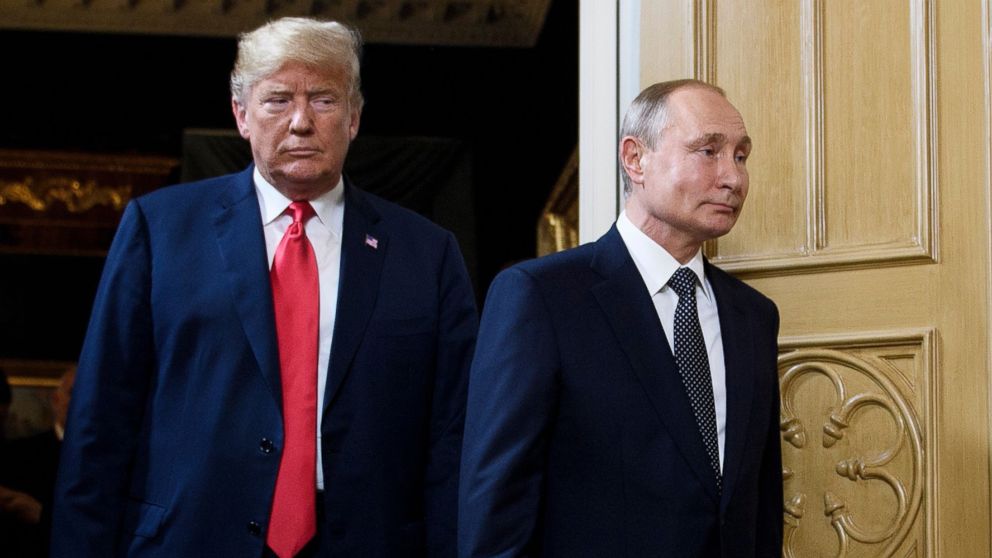The meeting was agreed upon to promote a cease-fire in the Ukraine conflict. But it was called off, underscoring the fragility of peace initiatives and suggesting that the war is likely to continue for a long time.

Trump-Putin meeting cancelled after Russia rejects ceasefire proposal.
On Oct. 17, U.S. President Donald Trump and Russian President Vladimir Putin agreed by telephone to meet in Budapest, Hungary, to consider a cease-fire in the Russia-Ukraine war. Yet the prospective peace summit unraveled within days of its announcement, as the initial overture, made by Trump, was snuffed by geopolitical headwinds. Several factors contributed to the cancellation, foremost among them profound transatlantic strategic differences, Russia’s uncompromising negotiating posture and Ukraine’s immediate wartime imperatives.
Strategic divergences
Had it proceeded, the Budapest summit would have marked Putin’s first visit to European Union territory since the onset of the war, a development freighted with political implications for the EU. On Oct. 21, leaders of Ukraine, the United Kingdom, Germany, France and six other nations — along with EU officials — issued a joint statement declaring: “Russia’s stalling tactics have shown time and time again that Ukraine is the only party serious about peace. We can all see that Putin continues to choose violence and destruction.” The statement pledged to intensify pressure on Russia’s economy, undermine its defense-industrial base and turn frozen Russian assets toward support of Ukraine.
The divergence between Washington and key European capitals over a pathway to peace reflected differing strategic priorities. President Trump favored using the existing front lines as the basis for talks to secure a rapid cease-fire. This approach, however, risked being construed as legitimizing Russia’s occupation of Ukrainian territory, contravening the EU’s principle that international borders must not be changed by force. Hungary, given its economic ties with Russia, supported the summit, whereas Poland and the Baltic states — shaped by the historical experience of Russian coercion — opposed it vehemently.
France and Germany adopted more ambivalent positions, balancing considerations of energy-security with the dynamics of their alliance with the United States. For example, Poland’s longstanding fears of Russian expansion inclined it to reject compromise, while Germany weighed the domestic costs of sanctions and its need to remain aligned with its allies.
These divergences undermined the summit’s political legitimacy and would have hindered the emergence of a unified European position in support of Trump. Ultimately, on Oct. 21, Trump canceled the meeting with Putin — a move that eased the anxieties of U.S. allies.
Russia’s intransigence
Moscow rejected Trump’s proposal to freeze the conflict along current fronts. Foreign Minister Sergey Lavrov reiterated that since the Russia-U.S. summit in Alaska, Moscow’s conditions for peace have not changed and that any cease-fire would require Ukraine to cede additional territory. This position reflected Moscow’s strategic confidence. In its view, the wartime economy had shown resilience, defense-industrial output had expanded, and military expenditures had stabilized, albeit at elevated levels.
Although Ukrainian strikes have targeted Russian refineries (estimated at roughly 22 percent), surplus energy capacity has mitigated the impact on domestic supplies, and perceptions of social stability have further reinforced the conviction among Russian elites that a prolonged war of attrition favors Russia.
Domestic political incentives also underpin Putin’s intransigence. On Oct. 22, he personally oversaw the test launch of a Yars intercontinental ballistic missile launched toward Russia’s Kura test range in its Far East. The demonstration served both as external deterrent signal and as a means of satisfying Putin’s domestic audience by projecting resolve. From Moscow’s perspective, short-term compromises or one-off summits cannot meet its strategic objectives unless core territorial and other fundamental issues are resolved.
Ukraine’s wartime imperatives
Kyiv views long-range strike capabilities as critical leverage in prospective peace negotiations. On Oct. 21 Zelenskyy stated on Telegram: “Only pressure can bring peace. Once the pressure eases, Russia will postpone the dialogue.”
Meanwhile, Trump’s “land-for-peace” approach conflicts with Ukraine’s core red lines. Domestic nationalist sentiment, coupled with the government’s commitment to territorial integrity, further constrain Zelenskyy’s negotiating space, rendering politically untenable any cease-fire that codifies the status quo.
On Oct. 22, Ukraine and Sweden signed a letter of intent to procure 120 military jets — 150 JAS 39E Gripen fighters — marking a significant step in modernizing Ukraine’s air force. This development suggests that, even absent formal NATO membership, Ukraine has effectively become embedded within NATO’s broader defense architecture. At the Ukraine Defense Contact Group meeting at NATO headquarters, U.S. Secretary of Defense Pete Hegseth urged allied states to expand investment in arms procurement for Ukraine, underscoring Kyiv’s reliance on external support. Thus, in the absence of explicit security guarantees, Zelenskyy is unlikely to accept Trump’s proposed cease-fire.
What cancellation means
Abandonment of the Budapest summit underscores the fragility of peace initiatives in a contested geopolitical environment and portends a protracted conflict in Ukraine. Divergences between the United States and Europe reveal coordination deficits within the Western camp. Opposition from countries such as Poland may prompt further militarization of NATO’s support for Ukraine, rather than a diplomatic breakthrough.
The setback may force Trump to recalibrate his diplomatic strategy toward broader multilateral coordination. Russia’s hard-line posture and nuclear signaling have intensified tensions and heightened the possibility of escalation. For Ukraine, the central challenge lies in balancing military requirements with domestic political pressures, leaving the prospects for peace in a state of uncertainty.
In sum, the cancellation of the Budapest summit reflects the interplay of transatlantic strategic divergences, Russia’s uncompromising negotiating stance and Ukraine’s immediate wartime imperatives. While Trump’s spark of peace carries a constructive impulse, it is unlikely to be nourished amid the current complex geopolitics. Any future peace process will require broader international coordination to reconcile the core interests of all parties.
